Explore common figures and forms in Himalayan art from Rubin’s collection, which spans more than 1,500 years to the present day and includes thangkas (scroll paintings), sculptures, and ritual objects, as well as photographs and multimedia works. Recognizing these key motifs, deities, and symbols helps illuminate the stories and meanings embedded in objects of great artistic, historical, and cultural significance from the greater Himalayan region.
Collection Highlights: Thematic Summaries

HighlightBuddha

HighlightBodhisattva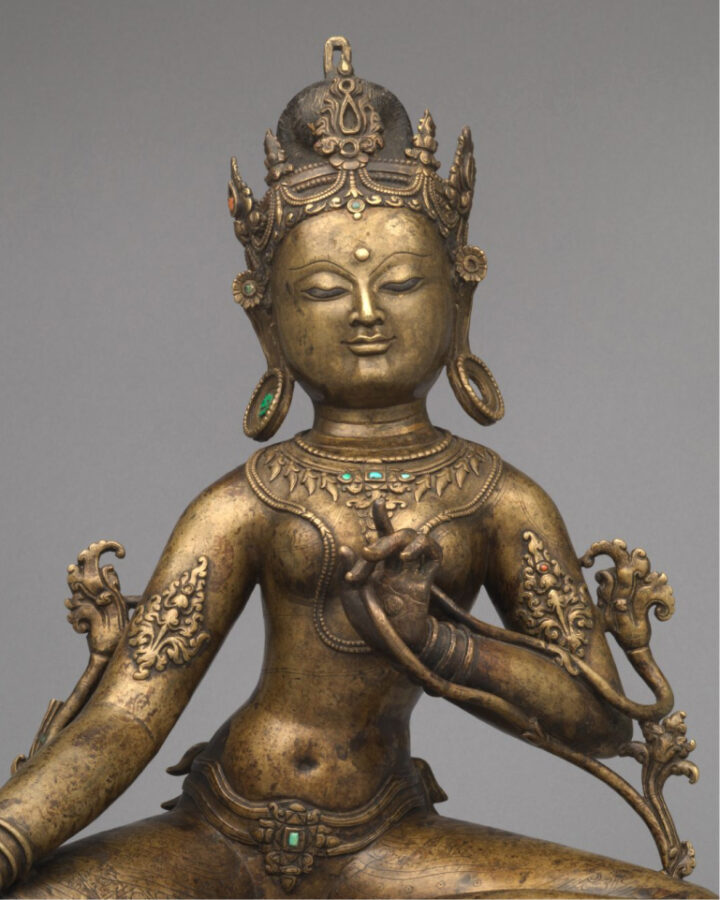

HighlightFemale Deities

HighlightHindu Gods and Goddesses

HighlightLegendary and Historical Humans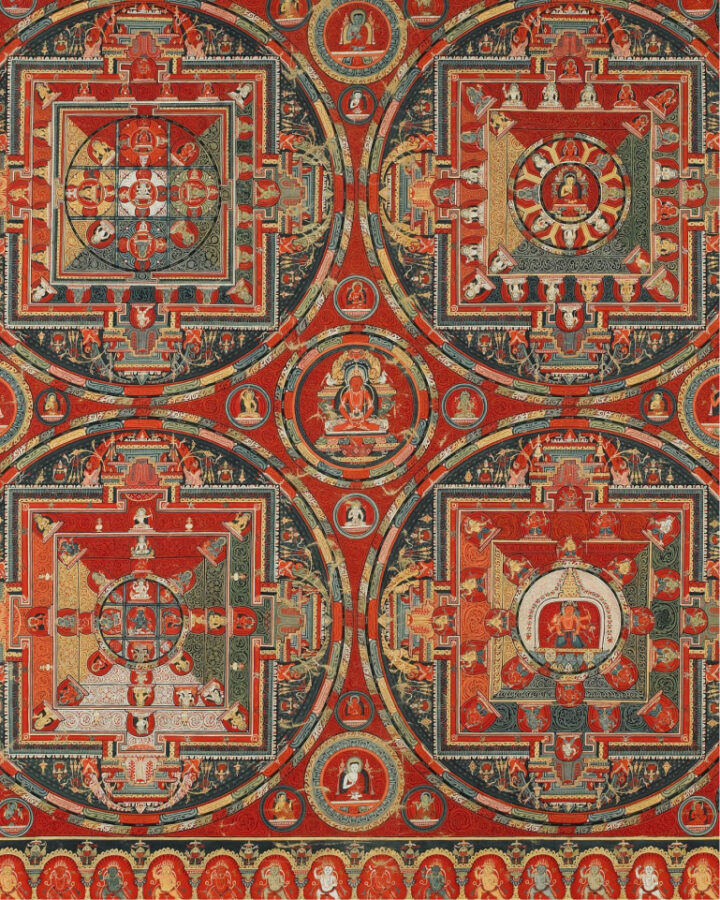

HighlightMandala

HighlightStupa





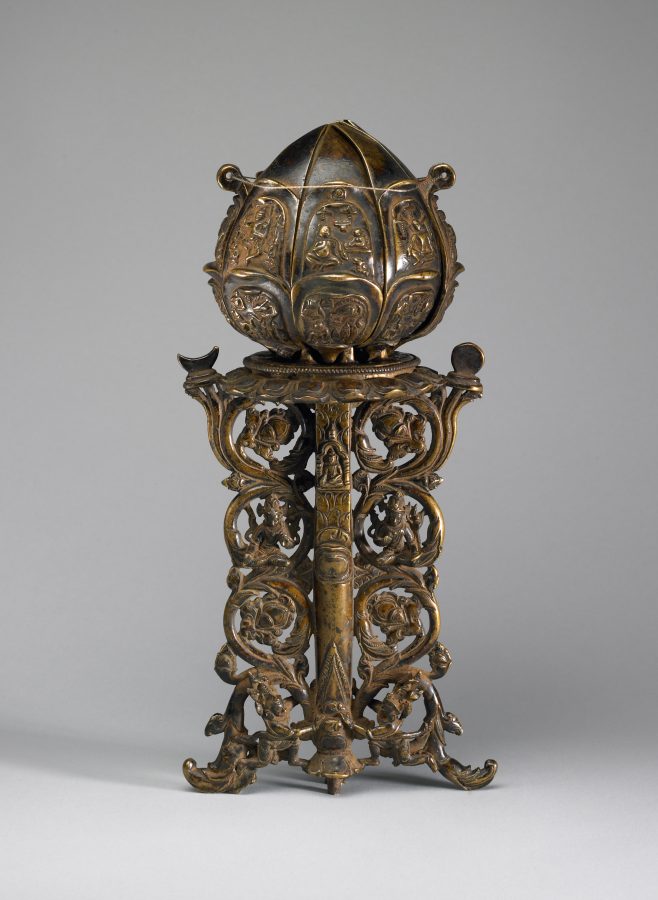
















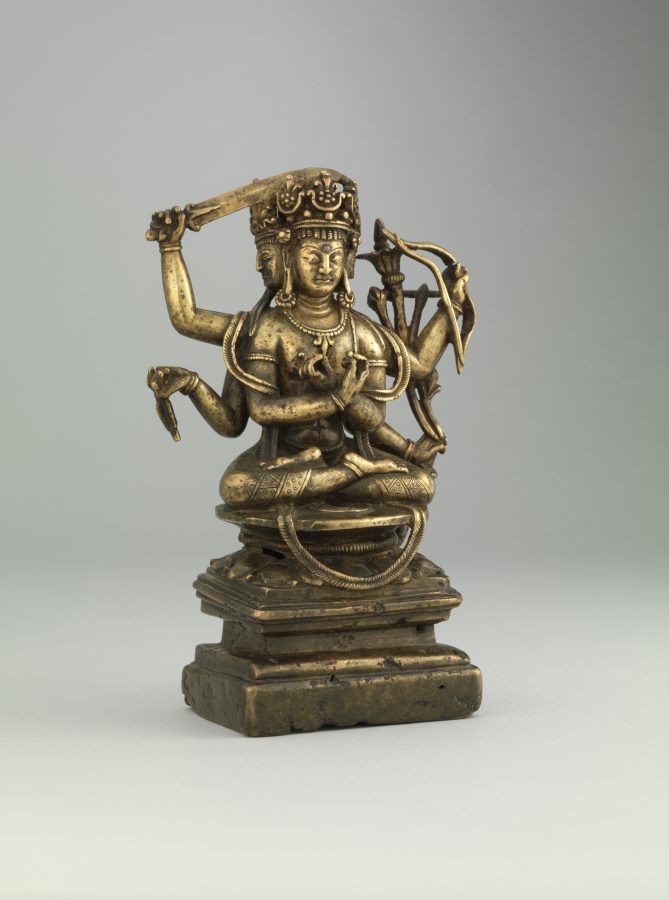








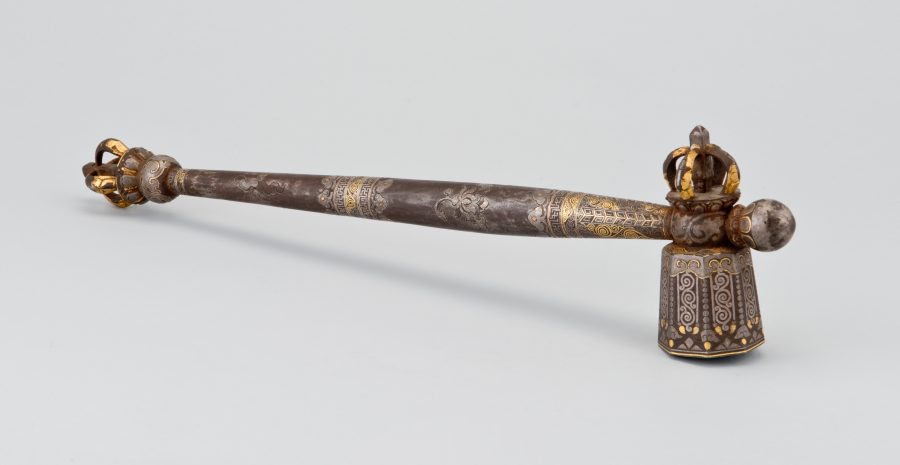






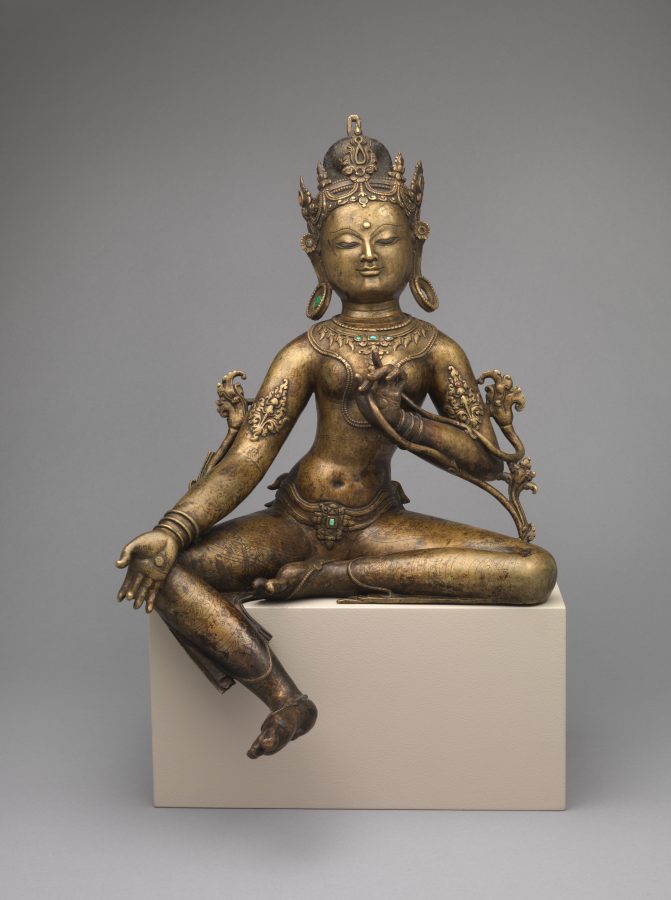


























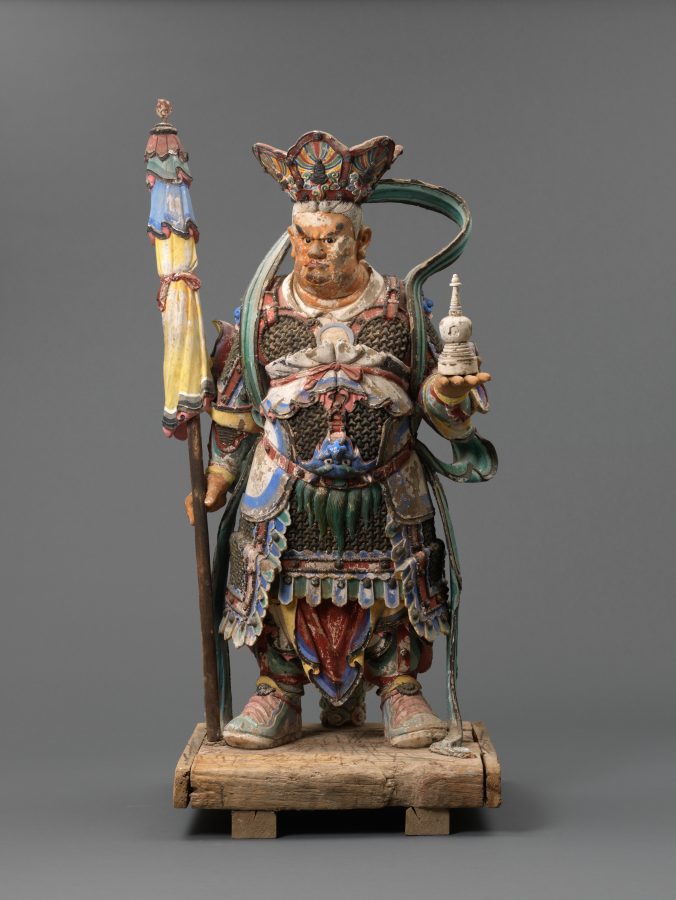




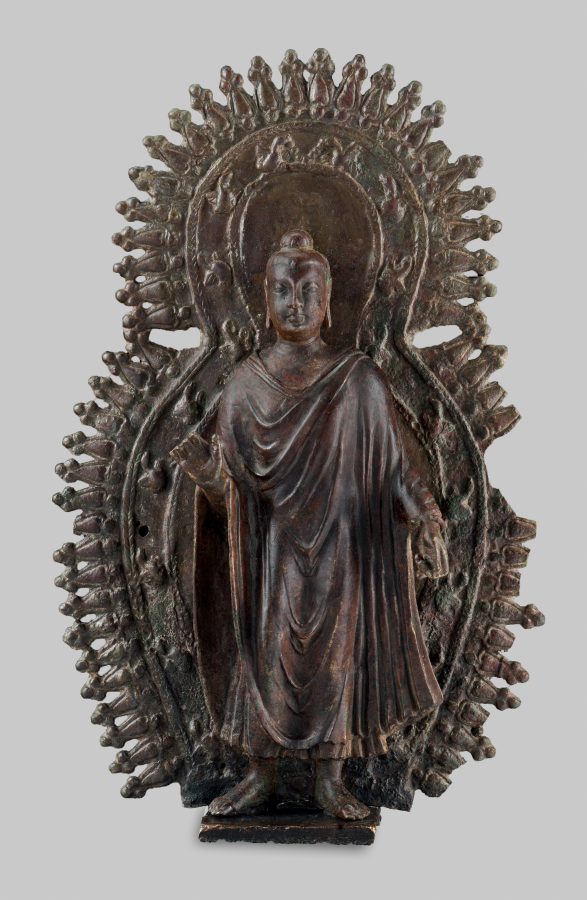





















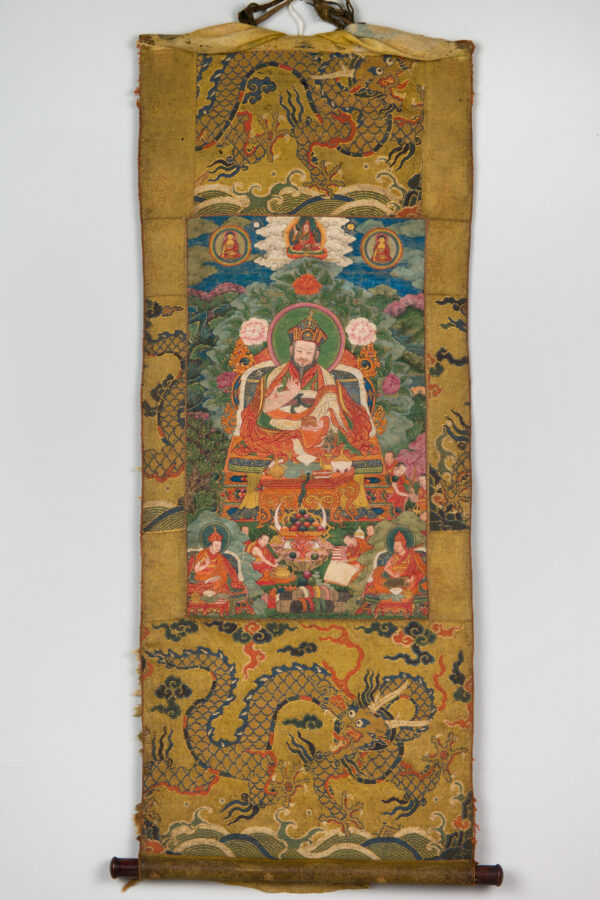
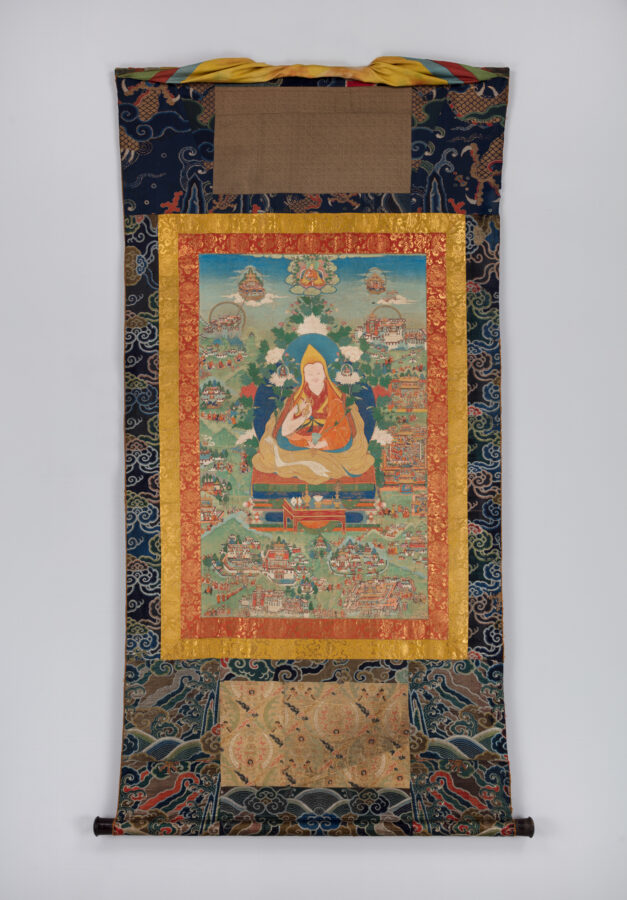

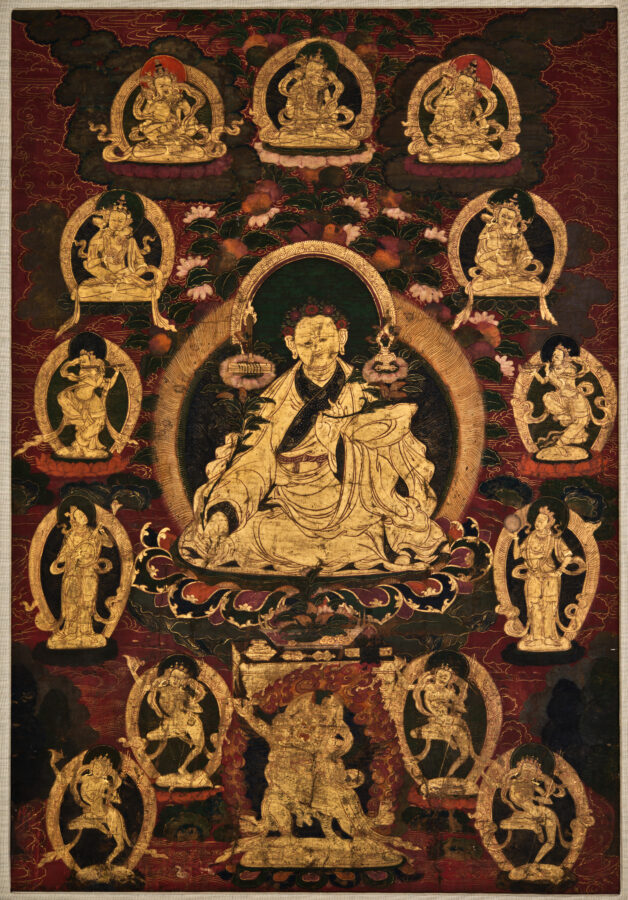
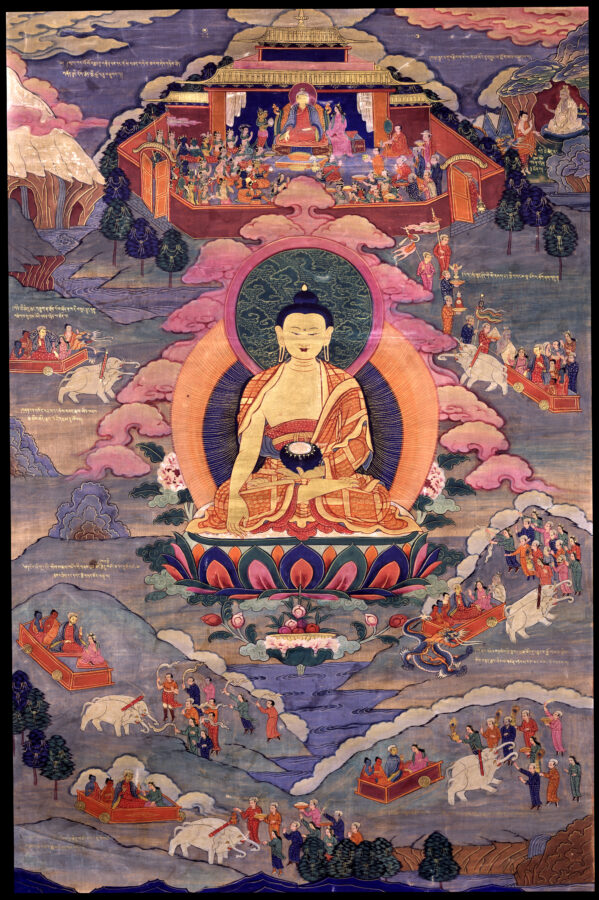
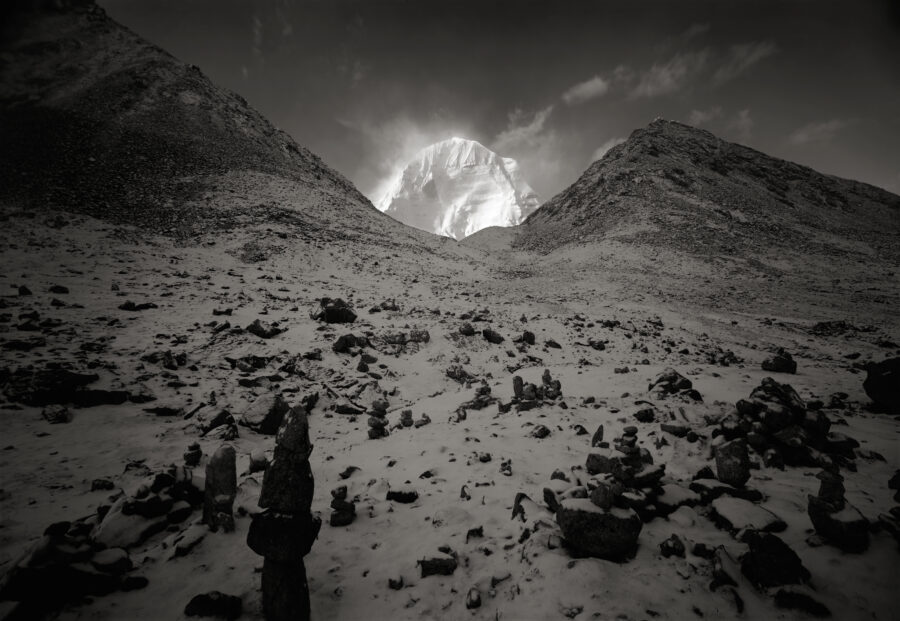










Explore 107 Highlights

Tibet, 19th century

Kham Province, Eastern Tibet, 18th century

Tibet, 15th century

Lhathok, Kham Province, Eastern Tibet, 18th - 19th century

Nepal, 18th century

Northeastern India, 12th century

Central Tibet, 14th century

Tibet, ca. 16th century

Nepal, mid-19th century

Tibet, 13th-14th century

Ngor Ewam Choden Monastery, Tsang Province, Central Tibet, ca. 16th century

Central Tibet, 16th century

Tibet, 12th century

Kham Province, Eastern Tibet, late 18th century, ca. 1760s

Tibet, 15th century

Central Tibet, 19th century

Nepal, Dated by inscription 1796

Central Tibet, 15th century

China, 15th century

China, first half of the 15th century

China, 1736–1795

Tibet, ca. 17th century

Kashmir or Himachal Pradesh, India, 11th century

Mongolia, 19th century

Eastern Tibet, Late 17th-18th century

Tibet, early 20th century

Mongolia, 19th century

Northeastern India, 12th century

Tsang Provence, Central Tibe, 16th century

Tibet, 17th century

Kashmir, India, 10th century

China, 1403-1424

Nepal, 13th - 14th century

Nepal, 12th-13th century

Nepal, 13th century

Nepal, Dated by inscription,1463

Central Tibet, 14th century

Mongolia, late 17th century or early 18th century

Tibet, 13th century

Tibet, 15th century

Central Tibet, ca. 1270

Tibet, early to mid-14th century

China, ca. 18th century

Mongolia, early 20th century

Nepal, 17th or 18th century

Eastern Tibet, 18th century

Kham Province, Eastern Tibet, 19th century

Central Tibet, 17th - 18th century

Tibet, early to mid-17th century

Tibet or China, 17th - 18th century

Nepal, Dated by inscription 1842

Kathmandu, Nepal, Dated by inscription 1775

Central Tibet, 19th century

Mongolia, 18th century

Tibet, late 18th or early 19th century

Ewam Choden Monastery, Tsang Province, Central Tibet, 1429-1456

Nepal, 17th or 18th century

Central Tibet, early 19th century

Tibet, 19th century

Kham Province, Eastern Tibet, 19th century

Tibet, 19th century

Tibet, 16th century

Central Tibet, 13th century

Bhutan, possibly Punakha Dzong, Mid-19th century

Kham Province, Eastern Tibet, 19th century

China, 17th - 18th century

Central Tibet, 17th century

Tibet or Mongolia, 19th century

Tibet, 19th century

Inner Mongolia, late 19th century

Afghanistan, 6th-7th century

Tibet or Mongolia, 18th - 19th century

Tibet, 17th century

Western Tibet, 15th century

Nepal, 2016

Kham Province, Eastern Tibet, 19th century

Tibet, 16th century

Bhutan, 19th century

Mongolia, 18th century

Ngor Ewam Choden Monastery, Tsang Province, Central Tibet, 1580s-1590s

Central Tibet, 18th century

Tibet, 19th century

Kham Province, Eastern Tibet, 19th century

Central Tibet, early 17th century (ca. 1604)

Tibet or China, Dated by inscription, 1667

Tsang Province, Central Tibet, 15th century

Western Tibet, 15th century

2010

Central Tibet, Early 20th century

Tsang Province, Central Tibet, 17th century

2018

Tibet or Mongolia, 19th century

Mindroling monastery, Tsang Province, Central Tibet, early 18th century

U Region, Central Tibet, 18th century

Gyelrong, Amdo Region, Eastern Tibet, 18th century

Central Tibet, late 17th century

Amdo Region, Eastern Tibet, 18th - 19th century

Tibet, 2000

2012

Mongolia, late 18th - early 19th century

Nepal, 14th century

Central Tibet, ca. 1590

Tibet, dated no later than 1635

Northeastern India, 12th century

Karnali Basin, Khasa Malla Kingdom, Northwestern Nepal, 13th-14th century

Tibet, 13th century

Lhasa, Tibet, 2006
Sign up for our emails
Get the latest news and stories from the Rubin, plus occasional information on how to support our work.
